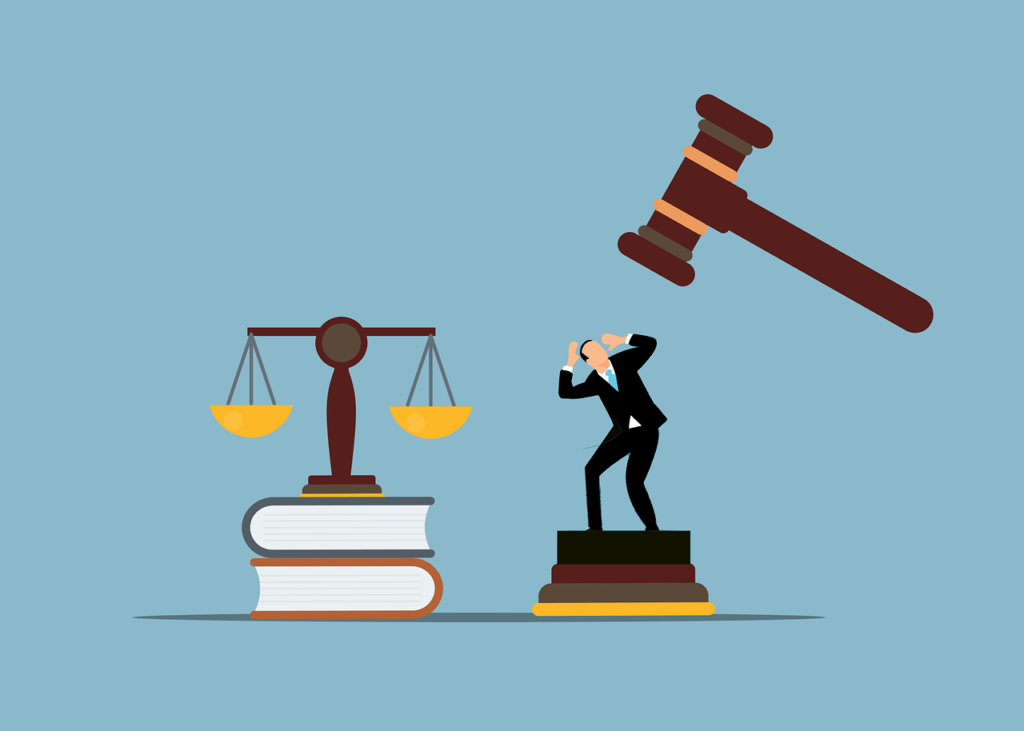In today’s digital world, domain names are valuable assets, and disputes over domain ownership are common. A domain name dispute typically arises when two parties claim rights to a particular domain. Understanding how domain name dispute resolution works can help you protect your online presence and avoid losing valuable digital real estate.

Common Causes of Domain Name Disputes
Domain name disputes usually occur when someone registers a domain that is identical or confusingly similar to an existing trademark or brand. Common causes include:
- Cybersquatting: Registering a domain with the intent of selling it to the trademark owner at a high price.
- Typosquatting: Registering a domain that is a typo of a well-known brand to attract traffic from mistyped URLs.
- Trademark Infringement: Using a domain name that contains a registered trademark without permission.
- Business Conflicts: Disputes can also arise between business partners or employees over who owns the domain name.
Steps to Handle a Domain Name Dispute
1. Review the Domain Ownership
The first step is to check the current ownership of the domain using a WHOIS lookup. This will give you information about the registrant, such as their name and contact details. If you believe the domain was registered in bad faith, this information is crucial for filing a complaint.
2. Contact the Domain Owner
Before escalating the issue, try to resolve the matter amicably by contacting the domain owner directly. In some cases, they may be willing to transfer the domain or agree on a fair price without the need for legal action.
3. Understand Domain Name Dispute Resolution Policies
Most domain name disputes are resolved through the Uniform Domain-Name Dispute-Resolution Policy (UDRP). This policy, established by the Internet Corporation for Assigned Names and Numbers (ICANN), provides a framework for resolving disputes without going to court.
Under UDRP, the complainant must prove three key elements:
- The domain name is identical or confusingly similar to their trademark.
- The domain owner has no legitimate rights or interests in the domain.
- The domain was registered and used in bad faith.
4. File a UDRP Complaint
If direct contact with the domain owner fails, the next step is to file a formal UDRP complaint with an approved dispute resolution provider. Common providers include:
- WIPO (World Intellectual Property Organization)
- The National Arbitration Forum (NAF)
The provider will review your complaint, allow the domain owner to respond, and issue a decision within a few months.
5. Seek Legal Action (if necessary)
In cases where UDRP does not apply or if you prefer a more comprehensive legal approach, you may need to take the matter to court. Laws such as the Anticybersquatting Consumer Protection Act (ACPA) in the U.S. can help trademark owners reclaim domain names registered in bad faith.
How to Protect Your Domain Name
To avoid future disputes, consider the following best practices:
- Register Trademarked Names Early: Secure domain names related to your brand or trademark as soon as possible.
- Use Multiple Extensions: Register common extensions (.com, .net, .org) to prevent others from acquiring similar domains.
- Monitor Domain Registrations: Use monitoring services to alert you when new domains are registered that closely resemble your trademark.
- Renew Domains on Time: Ensure you renew your domains promptly to avoid accidental expiration and loss of ownership.
Final Thoughts on Domain Name Dispute Resolution
Domain name disputes can be stressful, but understanding the process of domain name dispute resolution can help you navigate these challenges effectively. Whether you choose to negotiate directly with the domain owner, file a UDRP complaint, or seek legal action, being proactive about protecting your brand’s digital presence is crucial. By taking preventive steps and knowing your rights, you can minimize the risk of disputes and safeguard your online identity.


